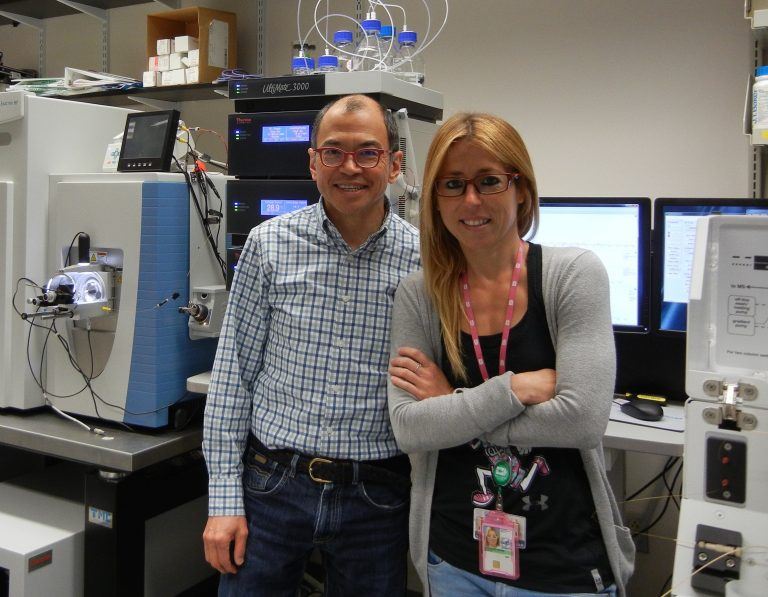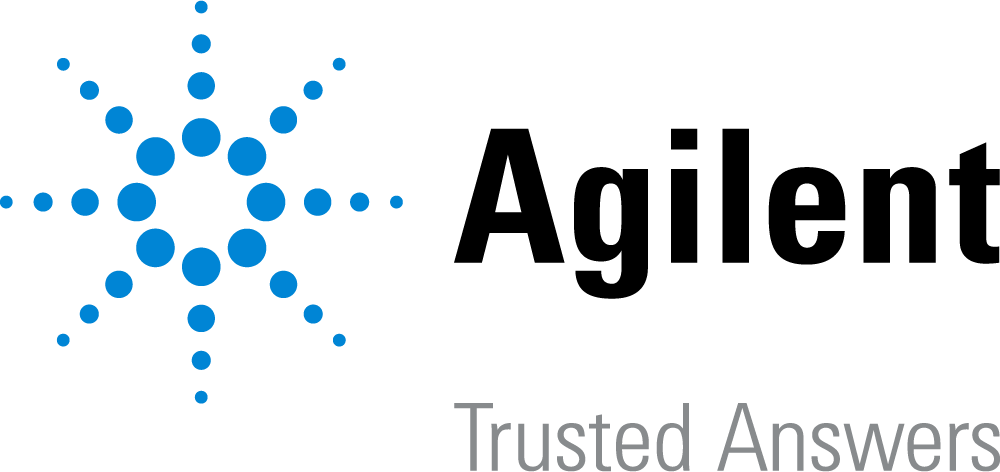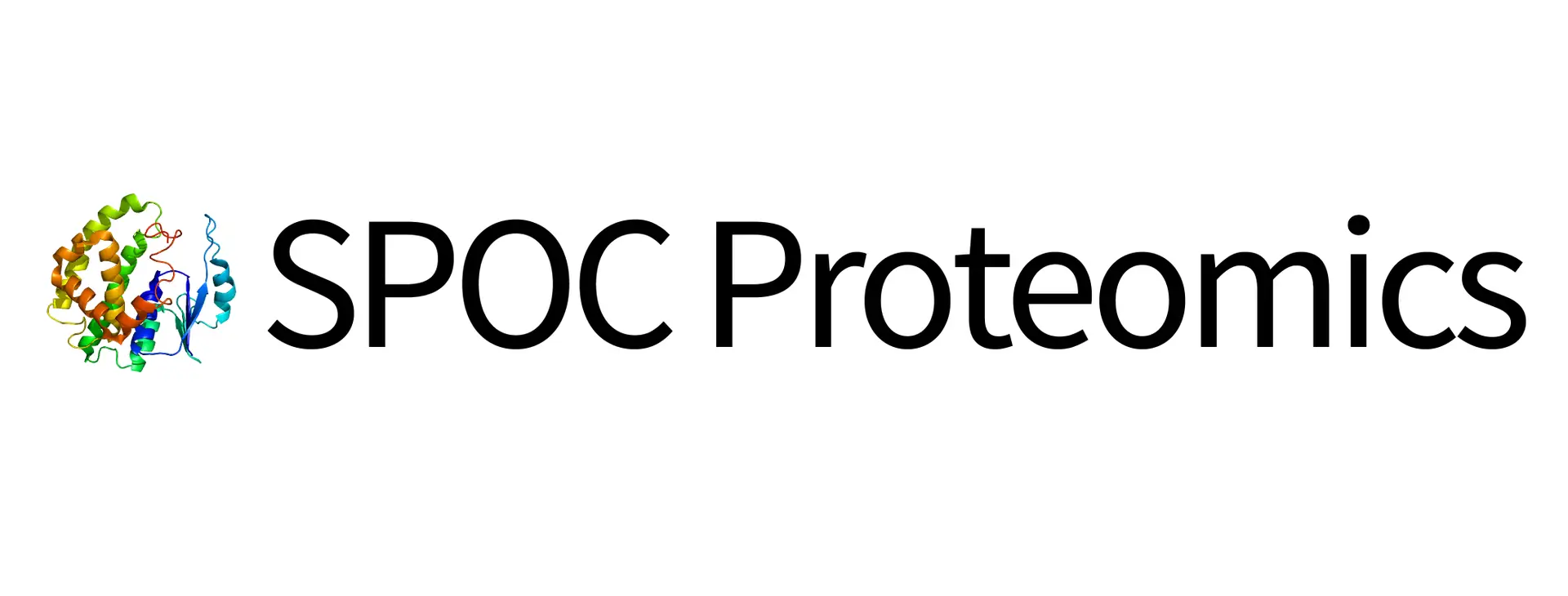An interview with Professor Richard D. Semba, Johns Hopkins University
Interview conducted by Marta González-Freire, Ph.D., Visiting Fellow, National Institute on Aging, and early career scientist working on skeletal muscle proteomics with Dr. Luigi Ferrucci, Scientific Director of the National Institute on Aging.
 Professor Richard D. Semba and Marta González-Freire, Ph.D
Professor Richard D. Semba and Marta González-Freire, Ph.D
González-Freire: You have been a faculty member at the Johns Hopkins School of Medicine for your entire career. Your lab group was mostly focused on nutrition and immunology but you recently made a mid-career transition to proteomics and metabolomics. What happened?
SEMBA: My lab was doing conventional immunology and nutritional biochemistry using conventional platforms such as ELISA, HPLC, and atomic absorption spectrometry. I would call this “normal science”, which by nature, is largely corroborative. The research was mostly validation of single biomarkers in large study cohorts of older adults. I became restless. Normal science offered little in terms of discovery and generating new hypotheses. Recent advances in proteomics, metabolomics, and mass spectrometry certainly caught my attention.
González-Freire: How did you get started in proteomics?
SEMBA: Your mentor, Dr. Ferrucci, introduced me to Jennifer Van Eyk. He urged me to try something different. I soon found myself back at the bench in Jenny’s lab to learn sample preparation for proteomics. Jenny’s enthusiasm, teaching, and guidance were a life-changing experience. She recommended that I take the intensive summer course in proteomics at Cold Spring Harbor Laboratories. This influential course, run by Ileana Cristea and her colleagues, has launched the careers of many scientists in proteomics. And now Ileana has become a dear friend and collaborator.
González-Freire: Did the promise of the field meet your expectations?
SEMBA: Wow, maybe way beyond my expectations.
González-Freire: Were there any surprises?
SEMBA: Dealing with the sheer amount of data is a daunting challenge. The buzz in the field seems to center around detecting more and more proteins, but making sense of the biology compels one to read hundreds of papers. That is the bottleneck of the process.
González-Freire: I notice your research interests include eye research, aging, nutrition in developing countries, and history of medicine. How did you end up working so broadly?
SEMBA: I have academic attention deficit syndrome [laughing]. Somehow it all seems related to me. After my residency in ophthalmology, I worked in Indonesia on vitamin A deficiency, the leading cause of blindness in children. That links eye research with nutrition. Then I got interested in the relationship of micronutrient malnutrition with HIV/AIDS, so I worked many years in Malawi and Uganda doing clinical trials. In the meantime, I built up a nutritional biochemistry lab at Hopkins. I wanted to do more hypothesis-generating work, so I closed my work in Africa and started working on aging. The history of medicine relates to everything. I think scientists working in proteomics need to know J. J. Thomson, Francis Aston, and Dorothy Hodgkin.
González-Freire: What are your big projects right now?
SEMBA: We are using selected reaction monitoring (SRM) to characterize the relationship of the systemic complement pathway with age-related macular degeneration. Another application of SRM is to understand circulating proteoforms that are purportedly associated with aging, such as GDF8 and GDF11 and their circulating inhibitors. SRM should clarify the issue, since antibody and aptamer-based studies have yielded conflicting data.
González-Freire: How do you think proteomics and metabolomics can contribute to global health?
SEMBA: The work we just did on essential amino acids and child stunting overturned the widespread belief that children in developing countries receive adequate dietary protein. Children need quality protein in their diet, such as animal source foods. These results are already having an impact on approaches to child malnutrition.
González-Freire: How do you think we can use proteomics to understand aging?
SEMBA: Your GESTALT project at the National Institute on Aging is really important. You and Luigi are characterizing normative data on the proteome of many tissues, including skeletal muscle, across a wide age range of healthy individuals. This study will likely become the benchmark for proteomics in aging research.
González-Freire: Who have been the most influential people in your career?
SEMBA: The evolutionary biologist Charles Sibley played an important role in forming my own perspective on science. He had an ambitious project to construct the global phylogeny of birds using DNA. I worked for him as an undergraduate, helping him prepare a book. Then he sent me out to do fieldwork for a year in the Amazon in Peru and in the rainforests of Borneo – it was a rare experience. Our field team discovered three new species of birds to science: a hummingbird, a flycatcher, and a new genus of owl. The other influential scientist was Linda Fried, the expert on frailty and aging. We worked together for several years until she left to become dean at Columbia.
González-Freire: What do you view as the ideal laboratory?
SEMBA: Perhaps there is no such thing as the ideal laboratory. It depends on what you want to accomplish. My main focus is on the research, as I don’t have a large training program with dozens of graduate students and post-docs. I think clearly delineated research goals, a realistic lab schedule, clear communication, emphasis on papers and productivity, and investment in the career development of the people in your lab are paramount.
González-Freire: What do you do to relax?
SEMBA: I enjoy cooking for my friends. Food is sharing, sensory, symbolic, rich in social meaning, and forms the bond and social glue of our existence. I enjoy sharing meals and my cooking with friends from all walks of life. I swim about an hour every day. One of my biggest joys is classical piano. My favorites are Bach, Mozart, and Brahms.
González-Freire: What kind of advice would you give to younger scientists that are forming their careers?
SEMBA: Develop writing skills, a love of writing, and set ambitious goals to write and publish as many papers as possible. No paper is ever perfect, so don’t let perceived imperfection slow you down. Don’t procrastinate. Communicate clearly with your colleagues and mentors. Be responsive. Understand the history of your subject, as scientific disciplines and topics have their own trajectories. Luckily for you, the fields of proteomics and metabolomics are on the ascending trajectory, which promises a stimulating and productive career ahead of you.


.png)

















